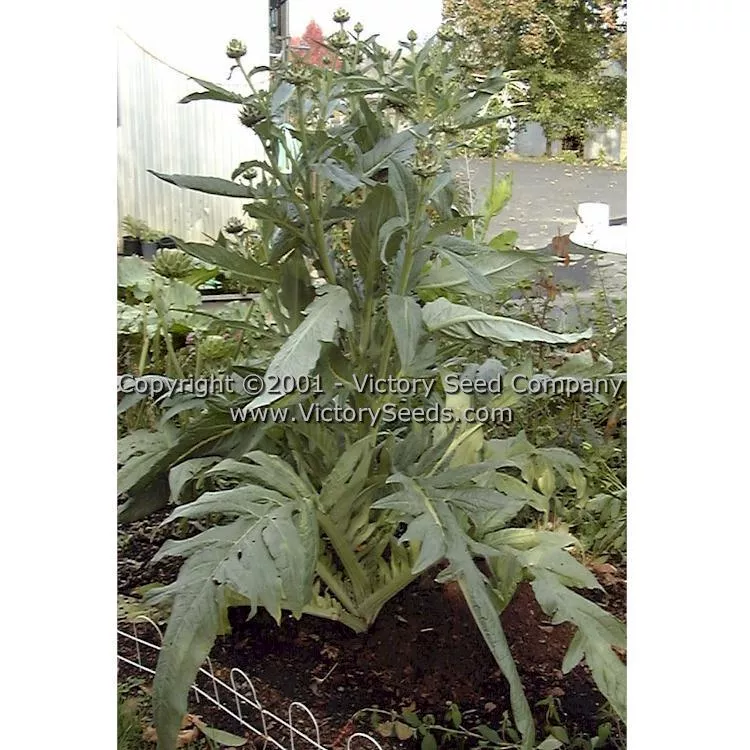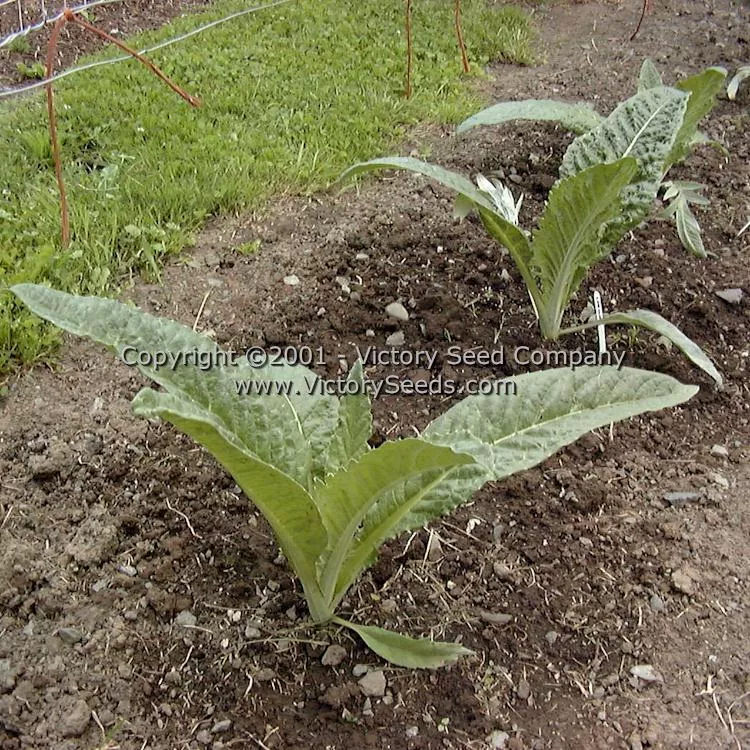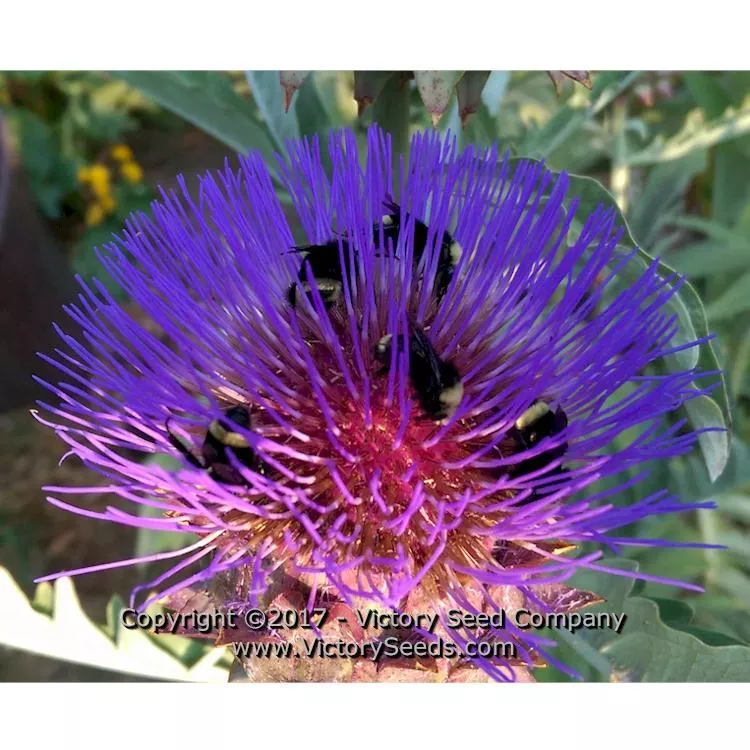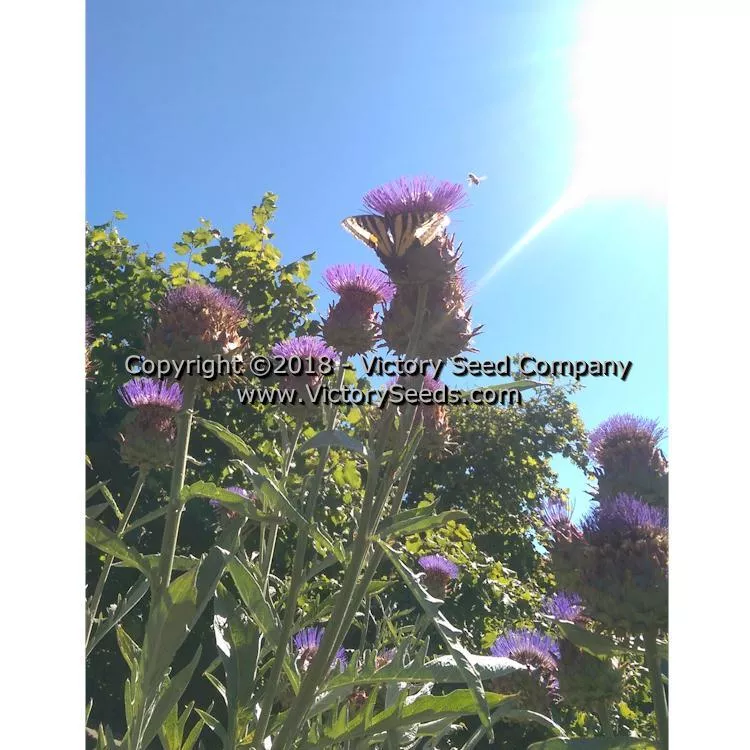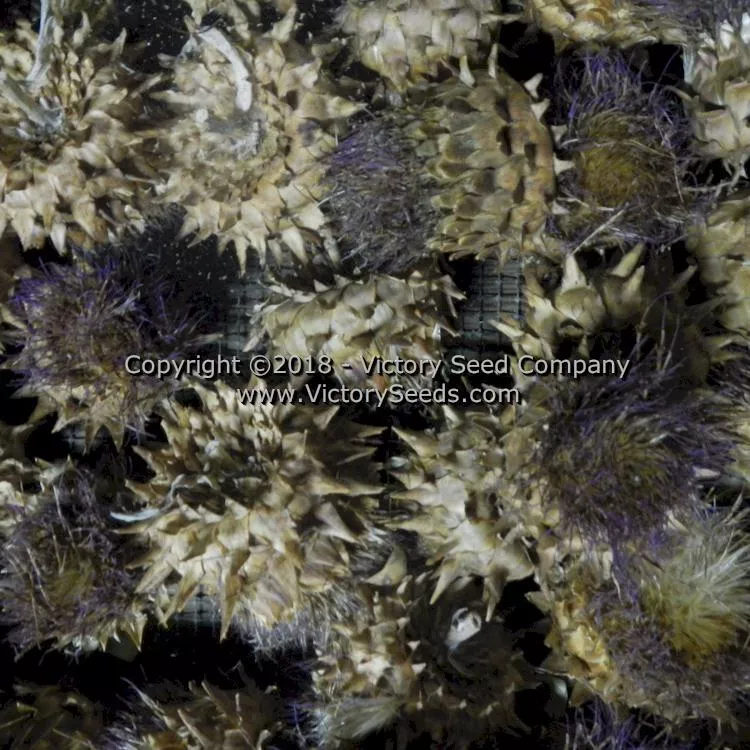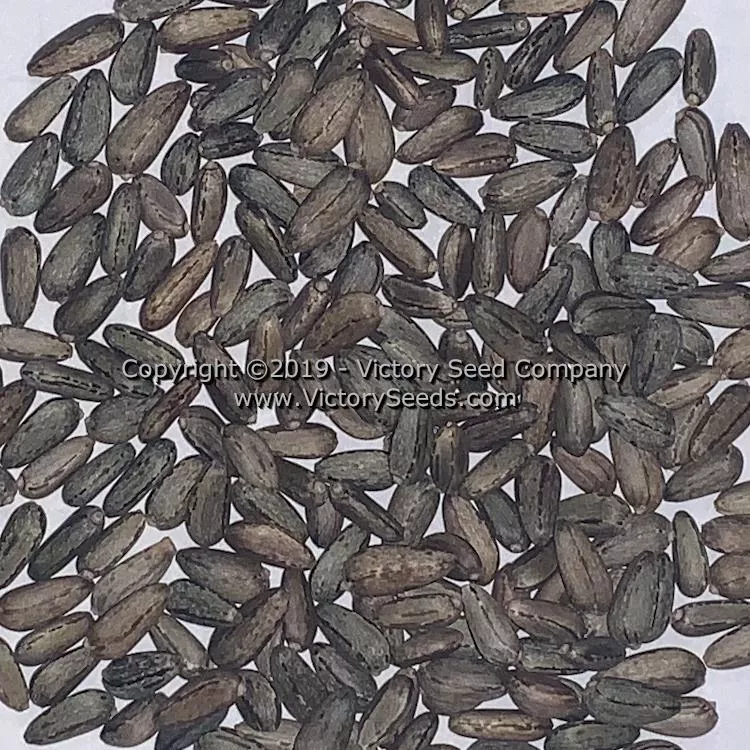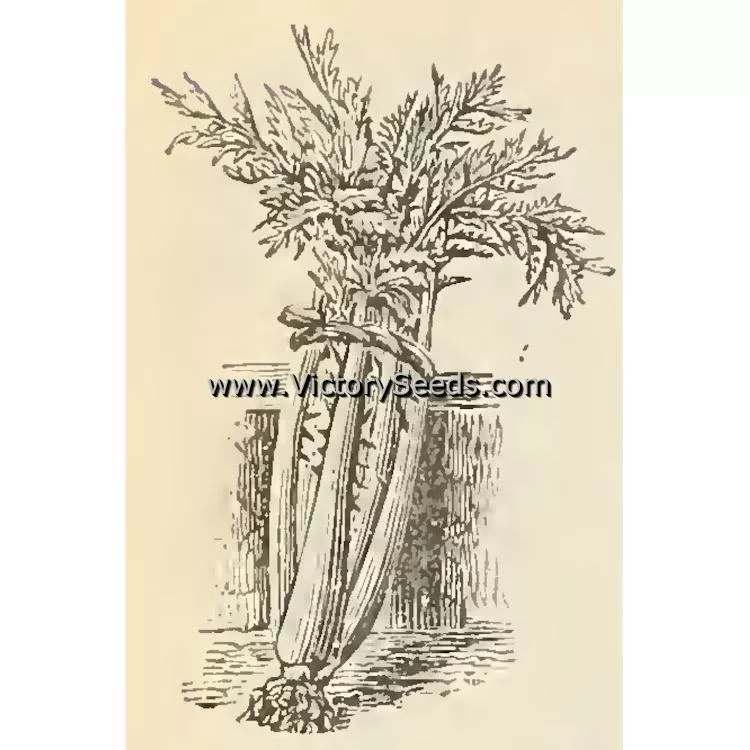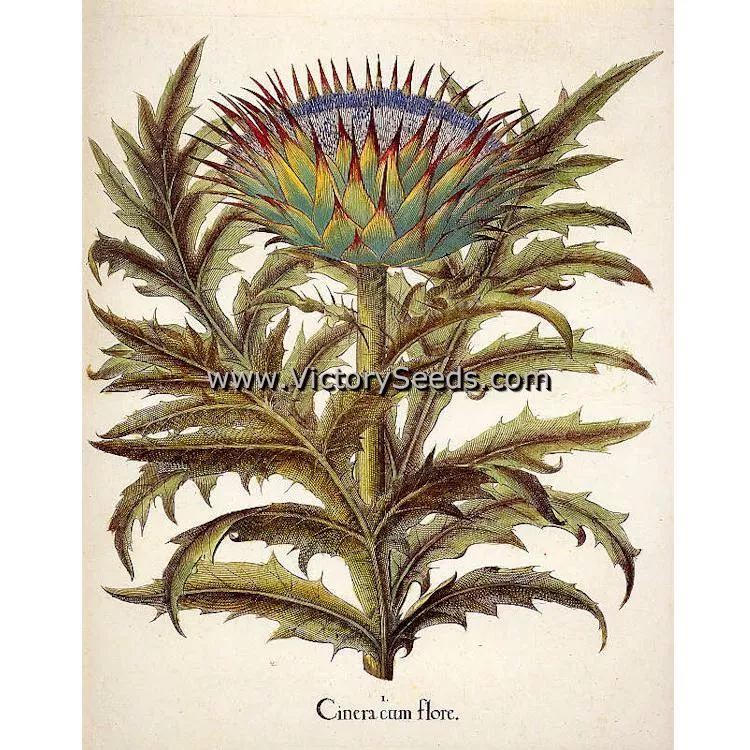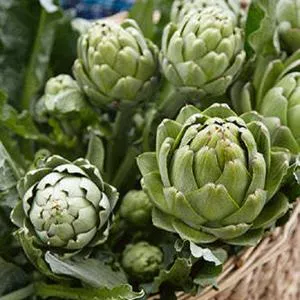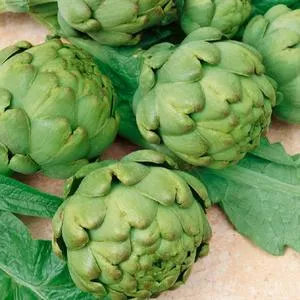







Tenderheart Cardoon
Price: $4.95
SKU: 3010021They were first cultivated as a vegetable by the French and said to have been brought to America in the 1790s by the Quakers. A relative of the artichoke, the growing characteristics and requirements are similar. However, instead of eating the flower heads, like you do with an artichoke, the thick, fleshy, leaf stalks are eaten. Some people tie and blanch them by mounding with soil. They have a slightly spicy, celery-like flavor. Check out the recipe in the Cultivation / Harvest Information tab.
With a bit of care, some sources state that the perennial plants will remain productive for at least five to seven years. Ours were planted in 1999 and are still growing strong! Hardy in USDA zones 8 to 10, in colder climates, plants can be wrapped with paper and dirt mounded around them to overwinter.
Grown from seed, up to 25% of the plants will be useless. This is due to the genetic makeup of the plants and not an inherent problem with our seed stock. Cull sickly and albino plants at transplanting time. Eliminate non-productive plants after the growing season is over.
From your select plants, you will be able to save seed or divide the clumps to increase your stands. Division is the best method for propagating additional plants with known traits.
Harvest Tips: During the growing season, keep "suckering" the plants, that is, keep removing the flower stalks. This keeps the plant's energy directed to the part that you want to eventually harvest, the leaves. In early fall, blanch the stalks by loosely tying the leaves (see picture above) and covering with straw. If you live in an area that experiences harsh winters, lift the plants, set in damp sand, and store in a cool cellar to shelter against frost.
Selection and Storage Tips: Select stalks that are firm and silvery, grey-green in color. Like any produce, stalks are best used fresh but will store in the refrigerator for up to two weeks my wrapping the base of the stalks in damp paper towels and surrounding them with a paper bag.
Preparation and Cooking Tips: Cardoons are pre-cooked to remove any bitterness. Peel and remove the strings from the stalks and then blanch in boiling, salted water until they are nearly tender enough to stick a fork in them. This can take from fifteen to thirty minutes. Drain in a colander and quickly rinse in cold water to stop the cooking process. Place in a bowl of water. Some people blanch and then remove the strings. They are now ready to use in for favorite recipe.
Recipe Ideas: Eating cardoons can be as simple as tossing the cardoon, as prepared above, with a vinaigrette dressing, lemon butter, or covering in a cheese sauce.
Fritto di Cardoni (Fried Cardoon)
Ingredients:
- 1 pound cardoon
- 1 cup flour
- 1 tablespoon good olive oil
- 1 egg, separated
- A pinch of salt and garlic powder to flavor
- Cold water
Mix a batter from the above ingredients by stirring the yolk with the other ingredients (except for the egg white) into the flour, then slowly add water until you have a not relatively thick batter. Stir well and let the batter rest for several hours. After it has rested, whip the egg white and fold it into the batter.
Prepare cardoon stalks by precooking (see preparation and cooking tips above). Cut the prepared stalks into bit size pieces and sauté them in butter. Lightly salt them at this point. After they are light brown in color, remove, roll in flour, dip them into the batter, and deep fry them in fresh olive oil. Delicious!
Customer Reviews:
By Dawn Morgan on March 19, 2017
This is a striking plant, even if you're not interested in eating it. Sort of like a bull thistle on steroids. Nice mild flavor that lends itself to dishes that you'd feature celery in. Does mimic mild artichoke flavor without all the trimming and fussing.

